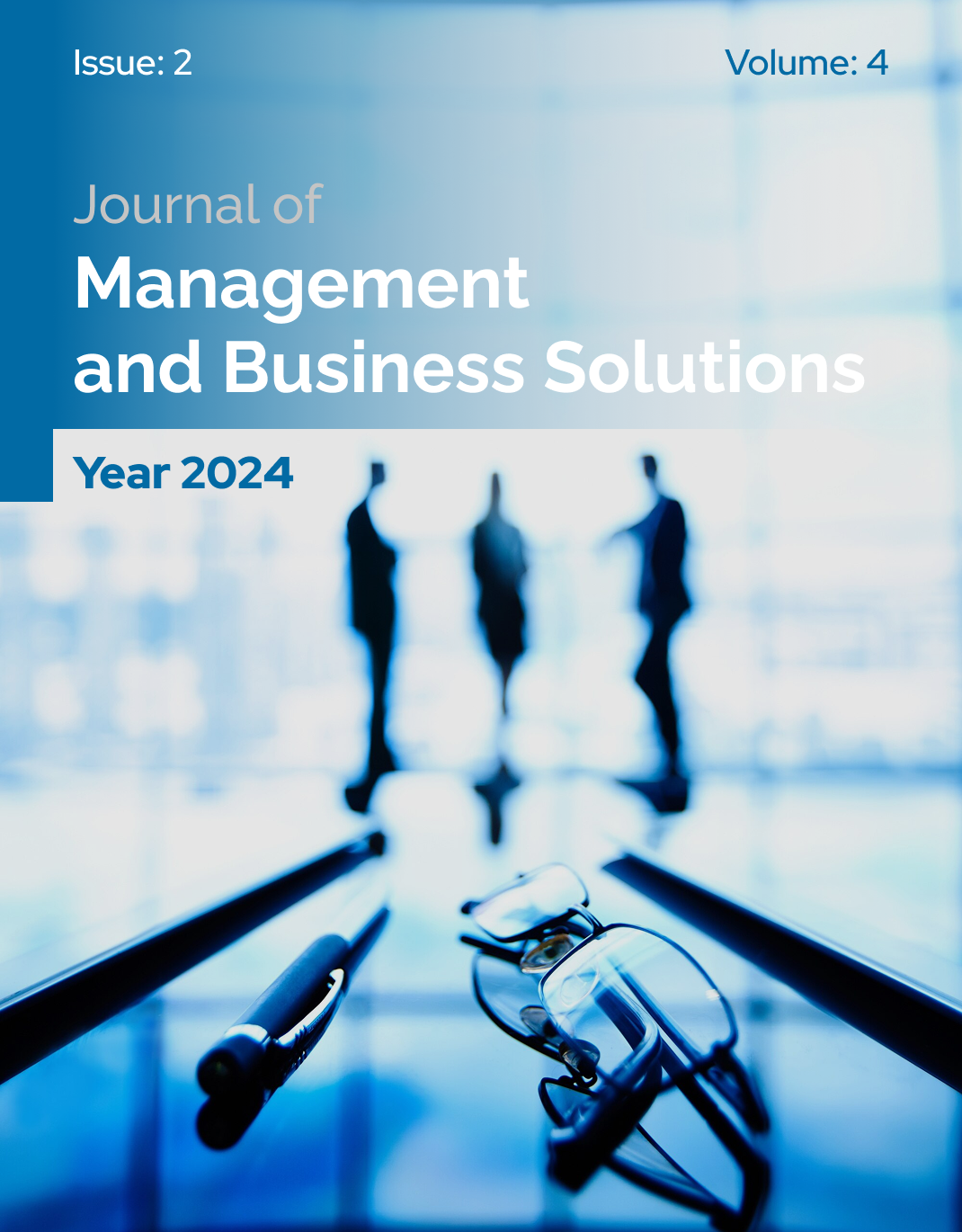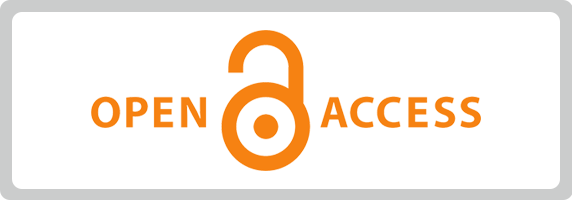Identifying the Factors Influencing Employee Engagement in Remote Work Environments
Keywords:
Employee engagement, remote work, qualitative study, organizational support, digital infrastructure, work-life balance, psychological well-beingAbstract
This study aims to explore and identify the key factors that influence employee engagement in remote work environments, focusing on organizational, psychological, and technological dimensions. A qualitative research design was employed using semi-structured interviews to capture the lived experiences of remote employees. Sixteen participants from various professional sectors in Tehran were purposefully selected, all of whom had been working remotely for a minimum of six months. Data collection continued until theoretical saturation was achieved. The interviews, each lasting approximately 45–60 minutes, were transcribed verbatim and analyzed using thematic analysis supported by NVivo software. The coding process followed Braun and Clarke’s (2006) six-step framework, allowing for inductive theme development. The analysis revealed three overarching themes: (1) Organizational Support Structures, including managerial responsiveness, communication infrastructure, flexible policies, technical assistance, HR engagement, performance monitoring tools, and virtual recognition; (2) Psychological and Emotional Factors, such as intrinsic motivation, sense of belonging, work-life balance, emotional resilience, burnout triggers, and job satisfaction; and (3) Technological and Environmental Conditions, encompassing digital literacy, ergonomic environment, platform usability, internet accessibility, and tool integration. Participant narratives emphasized that engagement in remote work is not solely influenced by individual factors but is deeply embedded in organizational culture, leadership behavior, and digital infrastructure. Remote employee engagement is a multifaceted construct influenced by a convergence of organizational practices, emotional well-being, and technological conditions. Organizations must adopt human-centered, flexible strategies that address both systemic and individual needs to effectively foster engagement in remote settings. The findings offer practical insights for leaders, HR professionals, and policy-makers aiming to enhance engagement in a post-pandemic hybrid work era.
Downloads
References
Allen, T. D., Golden, T. D., & Shockley, K. M. (2015). How effective is telecommuting? Assessing the status of our scientific findings. Psychological Science in the Public Interest, 16(2), 40–68. https://doi.org/10.1177/1529100615593273
Bakker, A. B., & Demerouti, E. (2008). Towards a model of work engagement. Career Development International, 13(3), 209–223. https://doi.org/10.1108/13620430810870476
Bartsch, S., Weber, E., Büttgen, M., & Huber, A. (2020). Leadership matters in crisis-induced digital transformation: How to lead service employees effectively during the COVID-19 pandemic. Journal of Service Management, 32(1), 71–85. https://doi.org/10.1108/JOSM-05-2020-0150
Chong, S., Huang, Y., & Chang, C. H. D. (2020). Supporting interdependent telework employees: A moderated-mediation model linking daily COVID-19 task setbacks to next-day work withdrawal. Journal of Applied Psychology, 105(12), 1408–1422. https://doi.org/10.1037/apl0000843
Deci, E. L., & Ryan, R. M. (2000). The "what" and "why" of goal pursuits: Human needs and the self-determination of behavior. Psychological Inquiry, 11(4), 227–268. https://doi.org/10.1207/S15327965PLI1104_01
Derks, D., van Mierlo, H., & Schmitz, E. B. (2016). A diary study on work-related smartphone use, psychological detachment and exhaustion: Examining the role of the perceived segmentation norm. Journal of Occupational Health Psychology, 21(4), 409–420. https://doi.org/10.1037/ocp0000024
Donnelly, R., & Johns, J. (2021). Recontextualising remote working and its HRM in the digital economy: An integrated framework for theory and practice. The International Journal of Human Resource Management, 32(1), 84–105. https://doi.org/10.1080/09585192.2020.1737834
Golden, T. D., & Veiga, J. F. (2008). The impact of superior-subordinate relationships on the commitment, job satisfaction, and performance of virtual workers. The Leadership Quarterly, 19(1), 77–88. https://doi.org/10.1016/j.leaqua.2007.12.009
Kahn, W. A. (1990). Psychological conditions of personal engagement and disengagement at work. Academy of Management Journal, 33(4), 692–724. https://doi.org/10.2307/256287
Kniffin, K. M., Narayanan, J., Anseel, F., Antonakis, J., Ashford, S. P., Bakker, A. B., ... & Vugt, M. V. (2021). COVID-19 and the workplace: Implications, issues, and insights for future research and action. American Psychologist, 76(1), 63–77. https://doi.org/10.1037/amp0000716
Kreiner, G. E., Hollensbe, E. C., & Sheep, M. L. (2009). Balancing borders and bridges: Negotiating the work-home interface via boundary work tactics. Academy of Management Journal, 52(4), 704–730. https://doi.org/10.5465/amj.2009.43669916
Maruping, L. M., Venkatesh, V., Thatcher, S. M. B., & Patel, P. C. (2021). Folding under pressure or rising to the occasion? Perceived time pressure and the moderating role of team temporal leadership. Academy of Management Journal, 64(2), 429–451. https://doi.org/10.5465/amj.2018.0206
Mulki, J. P., Bardhi, F., Lassk, F. G., & Nanavaty-Dahl, J. (2009). Set up remote workers to thrive. MIT Sloan Management Review, 51(1), 63–69.
Saks, A. M. (2006). Antecedents and consequences of employee engagement. Journal of Managerial Psychology, 21(7), 600–619. https://doi.org/10.1108/02683940610690169
Ten Brummelhuis, L. L., & Bakker, A. B. (2012). A resource perspective on the work–home interface: The work–home resources model. American Psychologist, 67(7), 545–556. https://doi.org/10.1037/a0027974
Venkatesh, V., & Bala, H. (2008). Technology acceptance model 3 and a research agenda on interventions. Decision Sciences, 39(2), 273–315. https://doi.org/10.1111/j.1540-5915.2008.00192.x
Wang, B., Liu, Y., Qian, J., & Parker, S. K. (2021). Achieving effective remote working during the COVID‐19 pandemic: A work design perspective. Applied Psychology, 70(1), 16–59. https://doi.org/10.1111/apps.12290
Downloads
Published
Submitted
Revised
Accepted
Issue
Section
License

This work is licensed under a Creative Commons Attribution-NonCommercial 4.0 International License.




